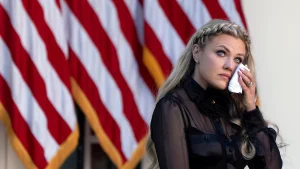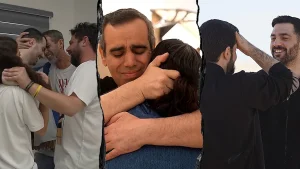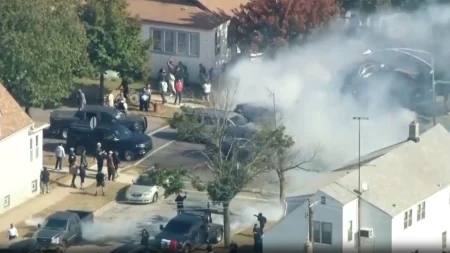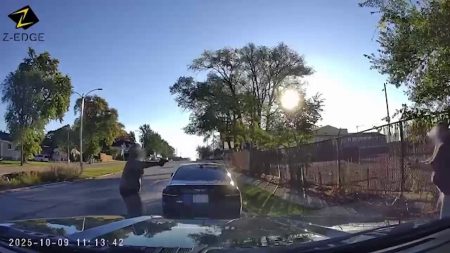D’Angelo’s Journey: From “Voodoo” Success to Mysterious Hiatus
In the year 2000, D’Angelo reached the pinnacle of musical success when his groundbreaking album “Voodoo” claimed the No. 1 spot on the charts. The album was a masterful fusion of genres—blending soul, funk, jazz, and R&B into something entirely new and captivating. To promote this revolutionary work, D’Angelo released a provocative music video that generated significant buzz and cemented his status as a rising star. The combination of critical acclaim, commercial success, and his smoldering public image positioned him as one of music’s most promising talents. Yet just as his star was burning brightest, D’Angelo made a decision that would confound fans and industry insiders alike: he disappeared from the public eye entirely, beginning a mysterious hiatus that would last for more than a decade.
The disappearance of an artist at the height of their powers is always perplexing, and D’Angelo’s retreat from the spotlight sparked countless rumors and theories. Some suggested the intense scrutiny of his physical appearance in the risqué “Untitled (How Does It Feel)” video had taken a psychological toll, transforming him from musician to sex symbol overnight. Others pointed to the pressures of fame, creative exhaustion, or personal demons that often accompany sudden success. Whatever the combination of factors, D’Angelo’s absence created a void in the music world that couldn’t be filled, as his innovative sound had been influencing a generation of artists who now lacked their pioneering guide.
During those silent years, D’Angelo’s legend only grew stronger. “Voodoo” continued to be discovered by new listeners, its layered compositions and innovative production techniques revealing new depths with each listen. Music journalists regularly included it on “best albums of all time” lists, and the mystique surrounding its creator only added to its allure. Artists from various genres cited D’Angelo as a primary influence, and fans maintained hope for his eventual return, however unlikely it seemed as one year of silence turned into five, and then ten. The man who had once commanded stages worldwide had become almost mythical—present only in the music he’d left behind.
While publicly invisible, D’Angelo was reportedly wrestling with personal challenges during his extended hiatus. Stories occasionally emerged of substance abuse issues, legal troubles, and a car accident that nearly took his life. These glimpses into his private struggles humanized the artist behind the myth, suggesting that his retreat wasn’t merely artistic caprice but a necessary period of personal reckoning. Friends and collaborators occasionally offered updates, expressing both concern for his well-being and confidence in his continuing musical genius, even as it remained hidden from the world. The man who had created such emotionally vulnerable music was now experiencing his own vulnerabilities away from public scrutiny.
The music industry transformed dramatically during D’Angelo’s absence. Digital downloads gave way to streaming services, social media became essential for artist promotion, and the soulful sound he had pioneered evolved through new generations of performers. Yet despite these changes, interest in D’Angelo never waned. His influence could be heard in the work of artists like Frank Ocean, Anderson .Paak, and countless others who drew inspiration from his fearless genre-blending and meticulous production values. The very absence of new material from D’Angelo seemed to elevate the importance of what he had already created, particularly “Voodoo,” which continued to serve as a touchstone for authentic, boundary-pushing music in an increasingly commercialized landscape.
When D’Angelo finally did emerge from his self-imposed exile after more than a decade away, he returned to a world that had changed yet still eagerly awaited him. His comeback album, “Black Messiah,” released in late 2014, arrived with little warning but enormous impact, proving that his musical vision remained both singular and vital. Critics and fans alike embraced this long-delayed follow-up, which addressed sociopolitical themes while maintaining the musical innovation that had always been his hallmark. D’Angelo’s journey—from chart-topping success to extended disappearance and eventual return—had become as compelling as his music itself, a testament to an artist who refused to compromise his personal truth despite the demands of fame. In an industry often driven by constant visibility and productivity, D’Angelo’s willingness to step away until he was ready to return on his own terms remains a powerful statement about artistic integrity and personal preservation.








